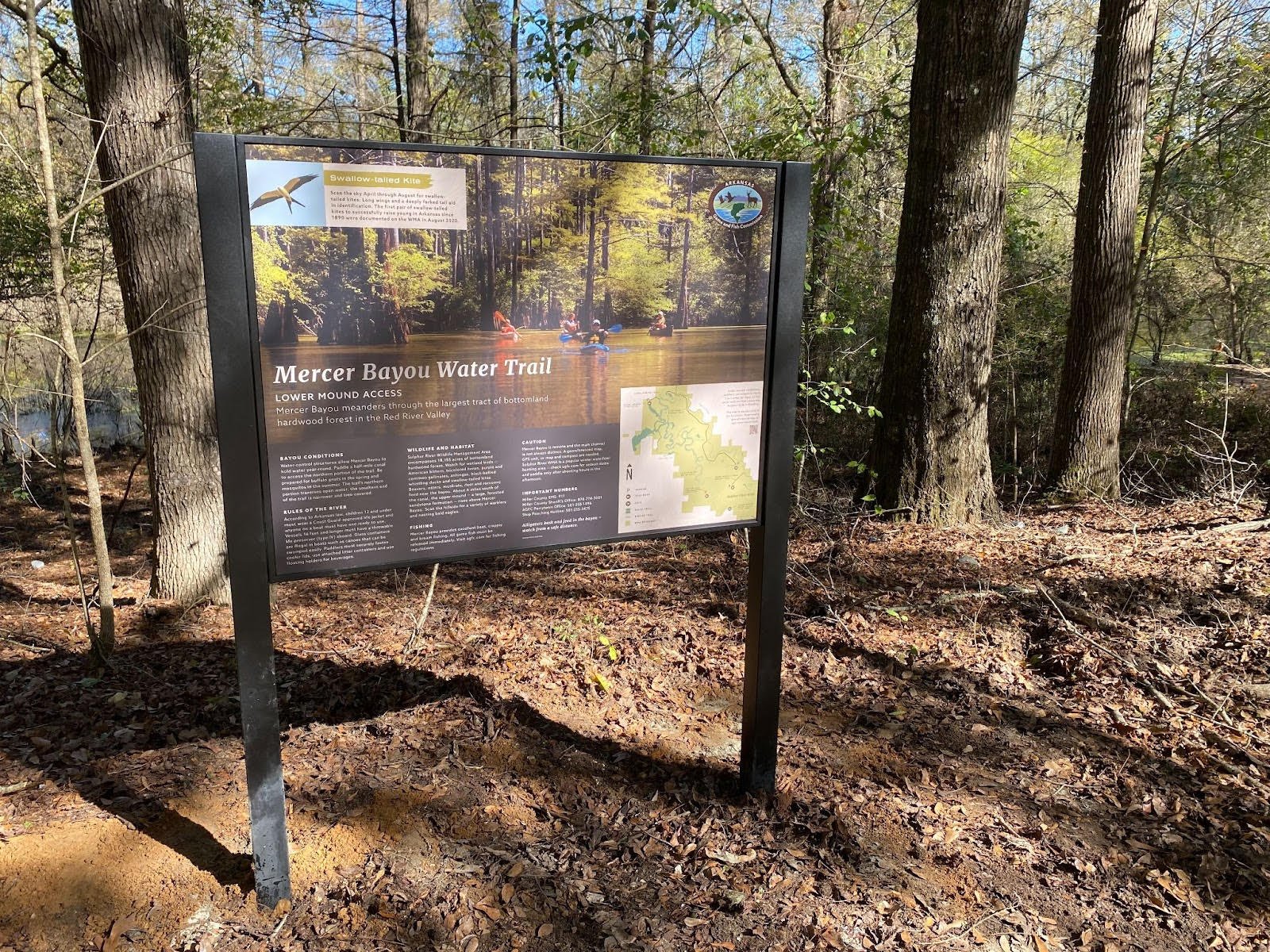House finches are common sights in Arkansas during the Great Backyard Bird Count. AGFC photo by Mike Wintroath.
LITTLE ROCK — Valentine’s day isn’t the only big event for birds-of-a-feather this year. The 28th edition of the annual Great Backyard Bird Count is coming up Feb. 14-17, and anyone who wants to join is welcome.
The Great Backyard Bird Count is a joint project of the National Audubon Society, Cornell Lab of Ornithology and Birds Canada to help scientists track changes in bird populations over time.
Male and female northern cardinals are easily spotted against the backdrop of winter. AGFC photo by Mike Wintroath.
Roughly 300,000 people worldwide participate in the annual event. Their combined records reported 7,920 species during last year’s citizen science project. These records are extremely valuable to researchers, ornithologists and other conservationists who are keeping tabs on the world’s avian species.
The count takes place each February to get a snapshot of bird distribution just before spring migrations carry many species back to their nesting grounds. Combined with data from counts held at other times of the year, the data collected during the BBC delivers insight into how species are reacting to changes in climate and environments.
This pair of female American goldfinches is collecting seed from a homemade feeding platform. AGFC photo by Mike Wintroath.
It only takes 15 minutes to participate, but you can choose to record bird sightings throughout the entire event if you choose. And because bird-watching can be done from practically anywhere, people from all skill levels and all walks of life can contribute to the valuable data being collected through the program.
“The Great Backyard Bird Count is a great reason to get outdoors this weekend, and it’s a great way for people of all skill levels to get involved in conservation,” Kirsten Bartlow, Watchable Wildlife Program coordinator for the Arkansas Game and Fish Commission, said. “There are tons of resources online for people who may be new to identifying the many species that can be found in Arkansas. The Merlin app from Cornell is a great start, and you can even participate in the count through it. The AGFC has a portal to Arkansas eBird to give a more customized experience here in The Natural State.”
The tufted titmouse is an easily recognizable backyard bird that lives in Arkansas year-round. AGFC photo by Mike Wintroath.
To learn more about how to take part in the Great Backyard Bird Count, visit birdcount.org. For those Arkansans interested in taking their birding to the next level, visit www.agfc.com/wingsoverarkansas, a special bird-watching program established by the Arkansas Game and Fish Commission that rewards participants with pins and recognition for recording bird species throughout The Natural State.








